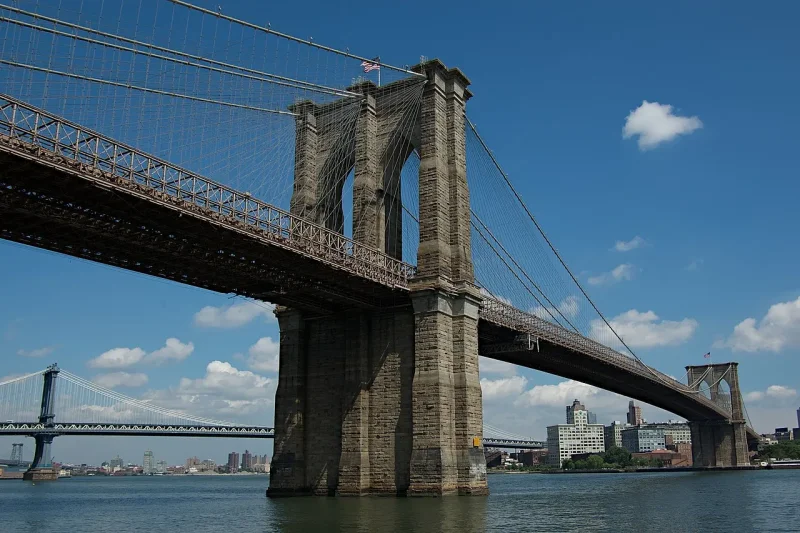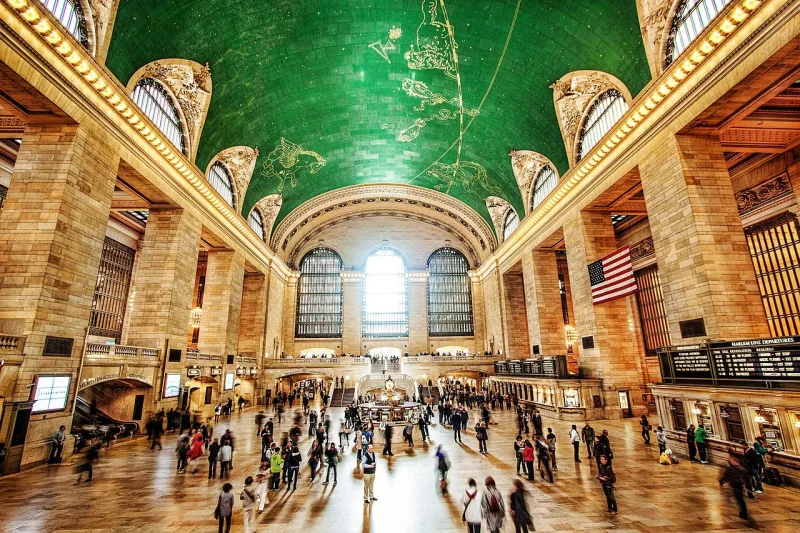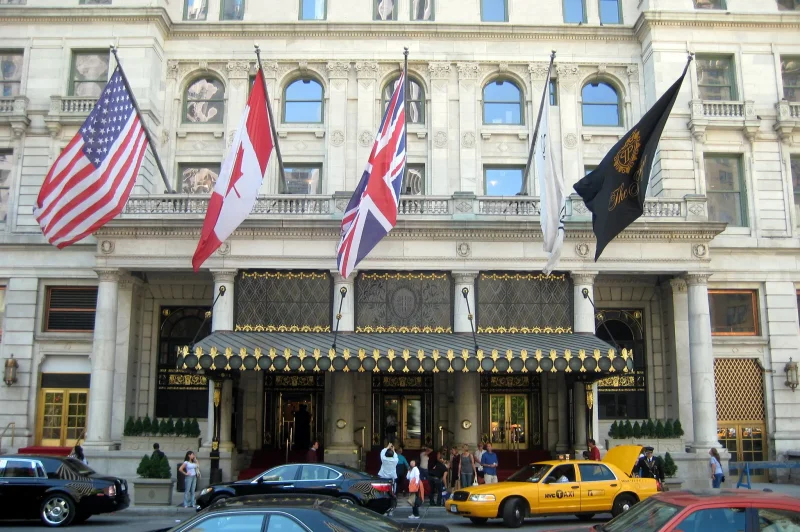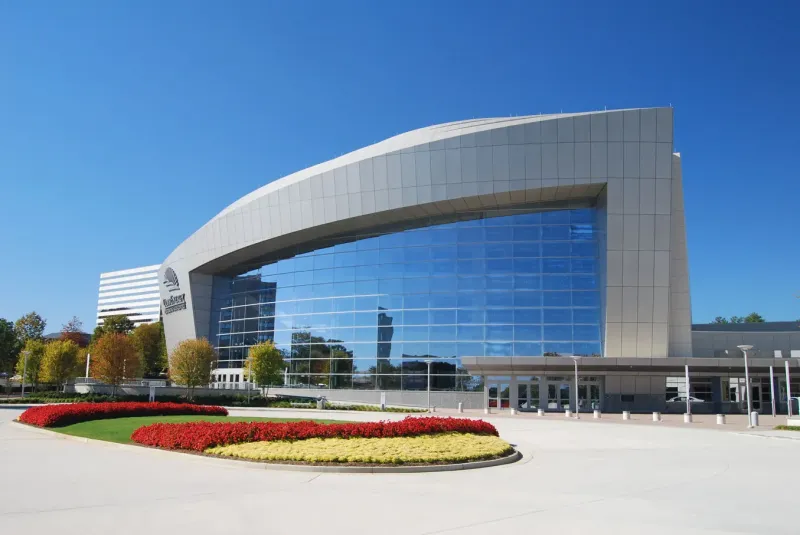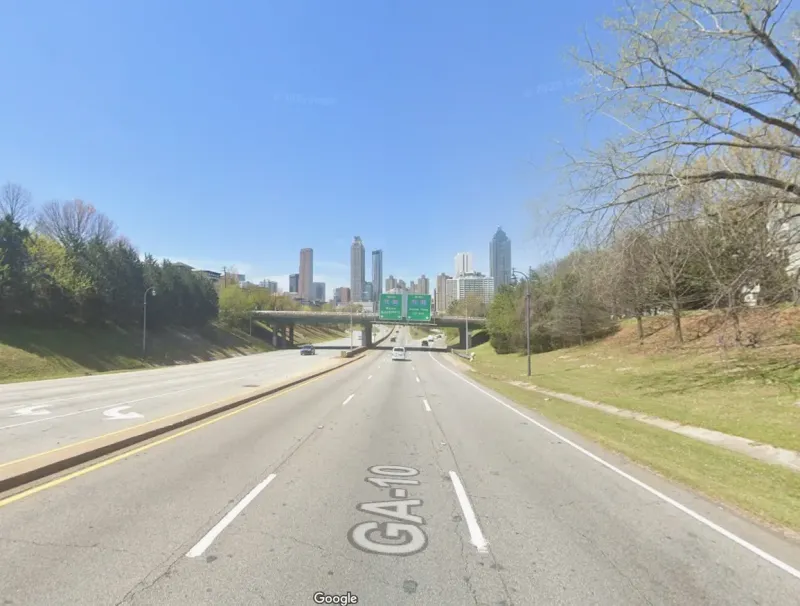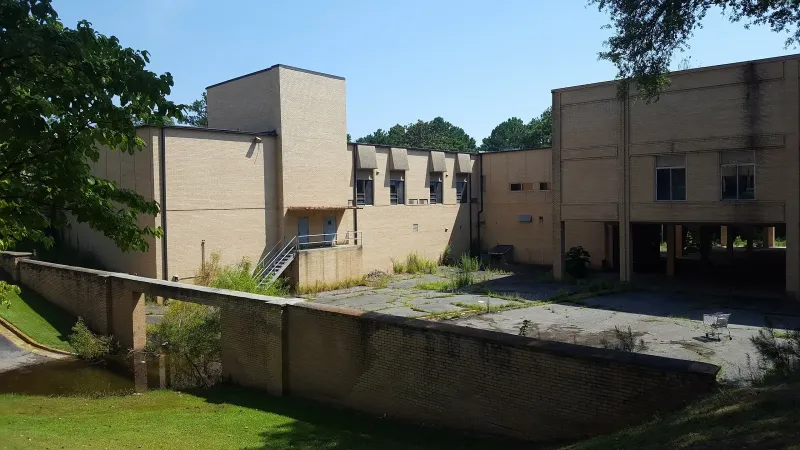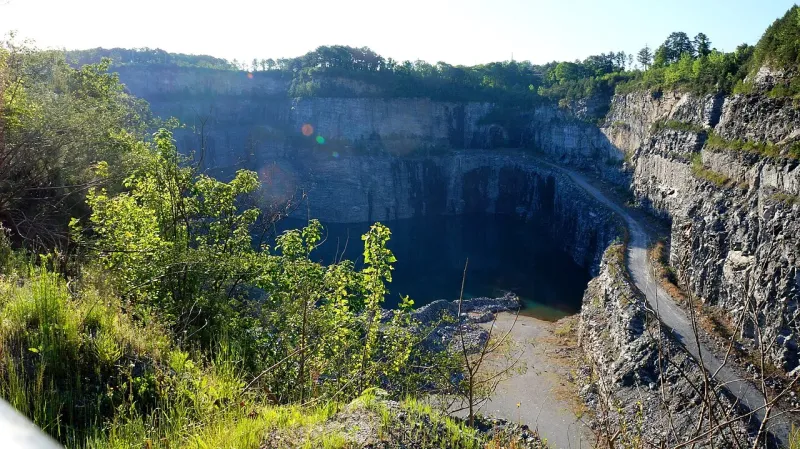Historical Significance
The World Trade Center has been a symbol of global commerce and resilience. Originally a complex of seven buildings in Lower Manhattan, it was conceived in the early 1960s to embody New York City's economic power. The iconic Twin Towers, completed in 1973, became a hallmark of the New York skyline. They were not only architectural marvels but also hubs of international business. Sadly, the site is also remembered for the tragic events of September 11, 2001, which profoundly affected the world.
Architectural Marvel
The original Twin Towers were architectural feats, each standing at 110 stories. Designed by Minoru Yamasaki, they were a testament to modern engineering with innovative tube-frame construction. The current site features the One World Trade Center, also known as the "Freedom Tower," which stands as the tallest building in the Western Hemisphere. The new complex includes other structures such as the 9/11 Memorial and Museum, offering a space for reflection and remembrance.
Cultural and Economic Impact
Beyond its architectural wonders, the World Trade Center has a significant cultural and economic impact. It hosts various businesses, retail spaces, and cultural events, contributing to New York City's vibrancy. The site is a poignant reminder of the past and a beacon of hope, resilience, and unity. Visitors from around the globe come to pay their respects and witness its transformation, underscoring its role as a center for global commerce and cultural exchange.

